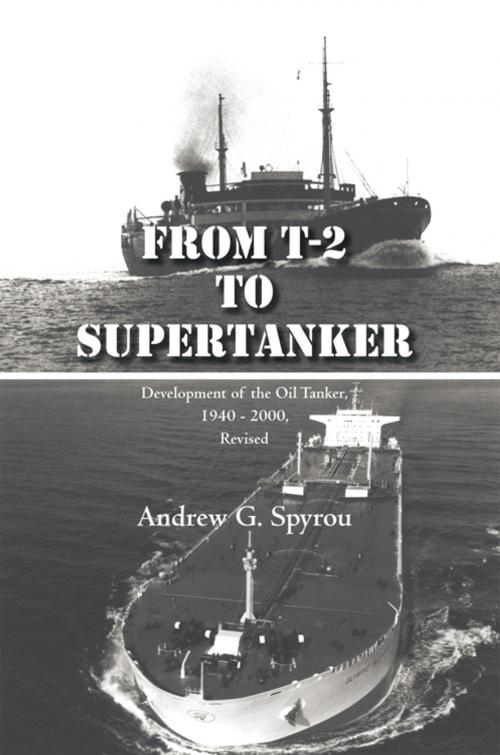From T-2 to Supertanker
Development of the Oil Tanker, 1940 - 2000, Revised
Nonfiction, Reference & Language, Transportation, Ships & Shipbuilding, History| Author: | Andrew G. Spyrou | ISBN: | 9781462002351 |
| Publisher: | iUniverse | Publication: | April 20, 2011 |
| Imprint: | iUniverse | Language: | English |
| Author: | Andrew G. Spyrou |
| ISBN: | 9781462002351 |
| Publisher: | iUniverse |
| Publication: | April 20, 2011 |
| Imprint: | iUniverse |
| Language: | English |
From T-2 to Supertanker provides a unique insight into the oil tanker industrys efforts to produce safe and efficient vessels.
Dr. Andrew G. Spyrou believes that marine transportation is the key to effective global shipping, part of which is carrying petroleum by tanker. Enormous changes have taken place in tanker design and construction since World War II. Closure of the Suez Canal on two occasions-1956 and 1967-provided the impetus to enlarge the tanker and to improve tanker performance and safety.
The industrys efforts to design and construct todays modern tankers, driven by scale, safety and ecological concerns, have led to ever-larger models. Todays Very Large and Ultra Large crude oil carriers represent the most complex mobile steel structures ever developed.
Spyrou discusses how this industry is striving to minimize vital ecological concerns such as oil pollution of the seas, atmospheric pollution by engine exhaust, and contamination of the marine ecosystem. Advances, however, have not been without crises, challenges, and successes.
From T-2 to Supertanker provides a unique insight into the oil tanker industrys efforts to produce safe and efficient vessels.
Dr. Andrew G. Spyrou believes that marine transportation is the key to effective global shipping, part of which is carrying petroleum by tanker. Enormous changes have taken place in tanker design and construction since World War II. Closure of the Suez Canal on two occasions-1956 and 1967-provided the impetus to enlarge the tanker and to improve tanker performance and safety.
The industrys efforts to design and construct todays modern tankers, driven by scale, safety and ecological concerns, have led to ever-larger models. Todays Very Large and Ultra Large crude oil carriers represent the most complex mobile steel structures ever developed.
Spyrou discusses how this industry is striving to minimize vital ecological concerns such as oil pollution of the seas, atmospheric pollution by engine exhaust, and contamination of the marine ecosystem. Advances, however, have not been without crises, challenges, and successes.















